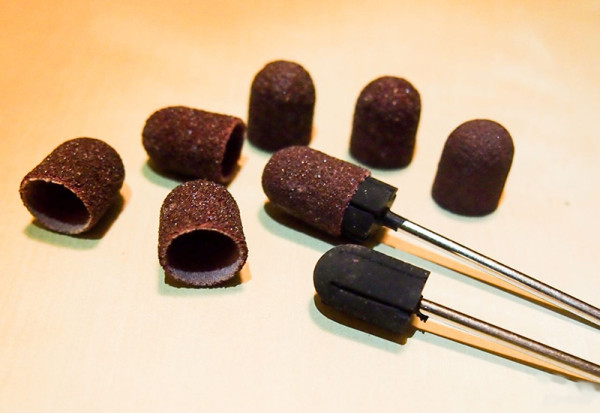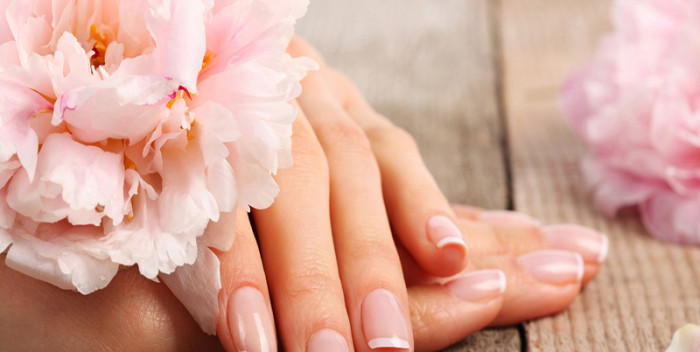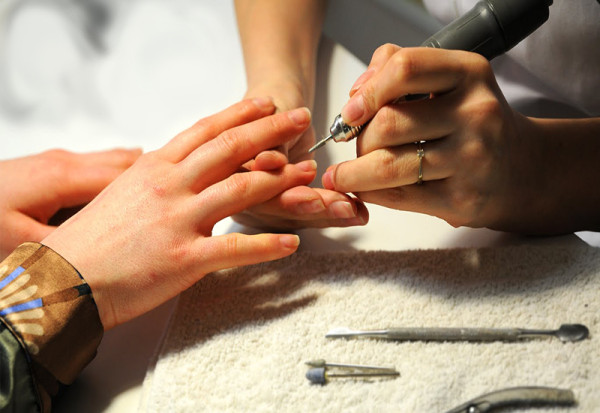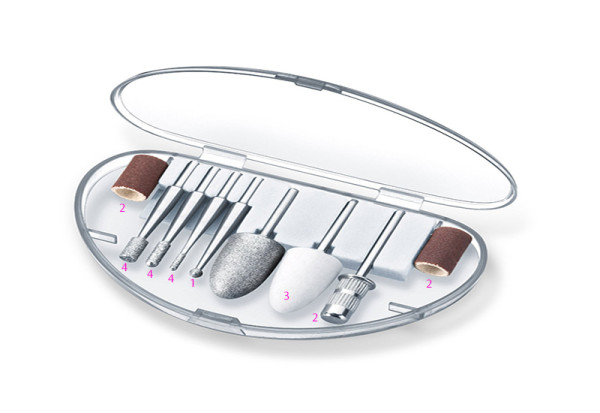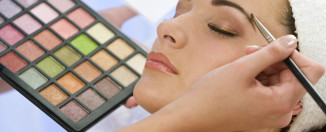How to do hardware manicure at home
Surely you have more than once met small manicure machines with a wide variety of attachments in hardware stores and you had the idea to buy one for yourself. Often everything ends with this thought, because “you need to be able to do this,” “I’m not a professional,” and “suddenly I will ruin something else”. In fact, it is only at first glance that everything seems so scary and complicated. Just after reading this article, you can do yourself a manicure completely calmly at home.
Content
If you went to the courses of a manicure master, then in the very first place you would be offered to choose the type manicure which you would like to learn: classic, European or hardware, for which the machine mentioned above is needed.
Hardware manicure lessons for beginners
Hardware manicure is a kind of European unedged manicure, but, unlike which, the cuticle is not pushed back with an orange stick, but is grinded using a rotating nozzle on a special apparatus.
Although hardware manicure it is considered the safest if you purchased such a device for home use, you still need to learn a few basic points, no matter how simple the principle of operation of this machine may seem.
- Hardware manicure is a dry type of manicure. It is performed only on dry nails!
- If you are not stingy and have purchased a device that has a setting function, then there is no point in setting the rotation speed of more than 10,000 revolutions: your nails will simply be erased into powder, because you are just learning the basics of a manicure master. That is why there is no point in such a device for you yet.
- Do not lean the turned-on clipper close to the nail. And even more so, do not press it on the nail.
So, the device is purchased and ready to work, hands and nails are absolutely dry and fat-free:
- Using an orange stick, push the cuticle as close to the base of the nail as possible.
- Use the medium-hard attachment to remove cuticles and polish the pads along the nail plate (burrs).
- Use a small ball tip to remove dead keratinized cells from your fingers.
- But use cutters in the form of a cylinder or trapezoid with great care on nails to give them a shape. Do not overdo it, ideally the free edge of the nail should be at least 1-2 mm.
- Start polishing, for this there is a soft nozzle in your kit, usually it is light in color. Without lingering in one place, run the middle of the cutter along the surface of the nail plate, carefully so as not to scratch it.
- Brush off the dust from your nails with a soft brush and start painting or applying gel polish.
What devices and cutters are needed for hardware manicure
It was not in vain that your set included a lot of nozzles - cutters, and if the attached instructions suddenly did not contain a description of each of them, then we will tell you about the most basic ones, which are quite enough for carrying out hardware manicure at home:
- Spherical boron. It is used not for nails, but for processing the skin around the nail, removing burrs.
- Disposable drums (at the edges) and a metal attachment for their attachment. In salons, they are often used for pedicure, it is considered unhygienic to use the same drum for several different clients. They remove rough skin on the toes, and sometimes hands, trim thick nails.
- Polisher. Always soft, no matter what material it is made of. In salons, several polishers of different hardness are usually used, but for a home set, one - the softest - will be enough for you. When working, in no case should it be held in the same place for more than 1 second.
- Cylinders. They are very different in size, in one set there can be 10 pieces of them at once, but one or two will be enough for you at home. They file nails, shape them, create designs, etc.
How to choose a good device
Apparatus price for manicure varies not only depending on the number of nozzles, but also on the material from which they are made. Most often, you can find three options in stores.
- Diamond. More precisely, with a diamond dust coating. The most expensive, but also the most successful for working with delicate skin and thin nails.
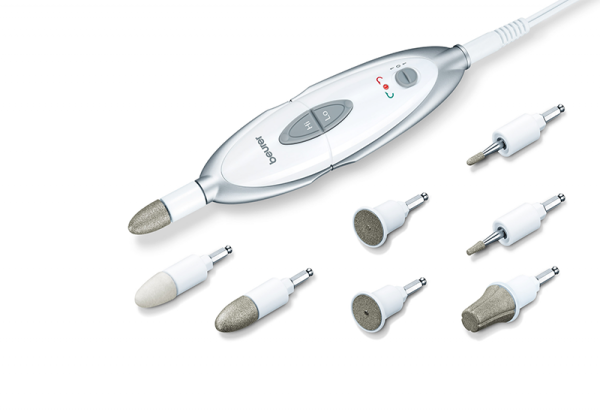
- Ceramic. The most common, usually in different colors, are used for both hands and feet - they are harder than diamond cutters. Differ in hardness and grain size.
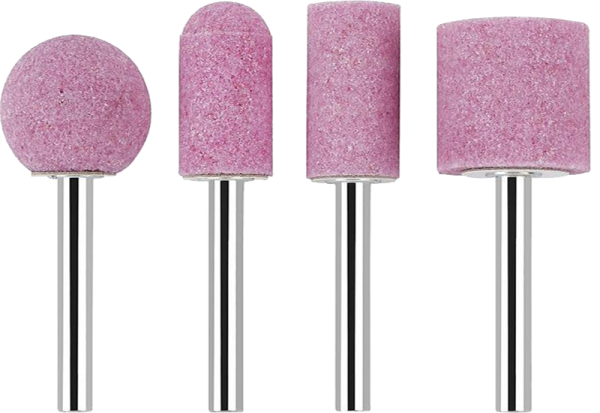
- Silicon carbide. The most affordable and quite suitable for beginners, although they are considered disposable. Often used in salons for rough skin around nails, corns and calluses.
